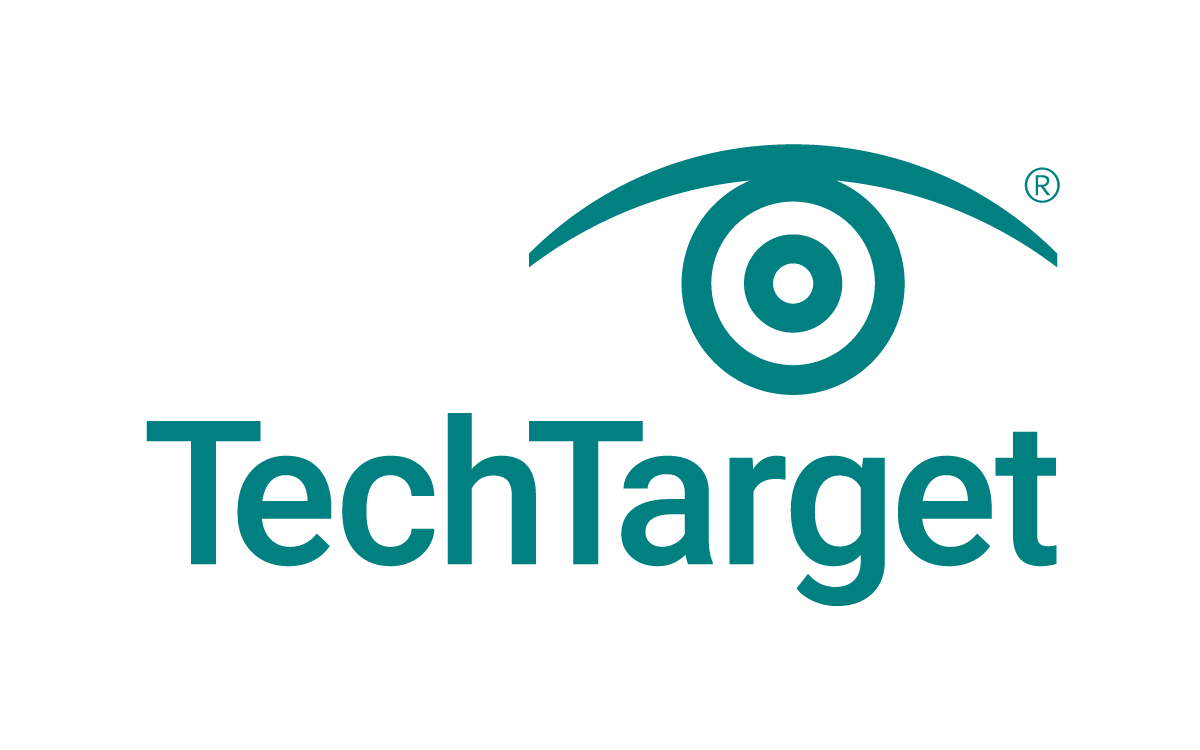
Simplify zero-trust implementation for IoT security
While most organizations today have at least a basic understanding of the importance of zero trust, they’re struggling to implement it. The comprehension isn’t matching the reality. For example, in a new survey from Fortinet, 59% of respondents said they can’t authenticate users and devices on an ongoing basis.
This is a major problem, because not only is there an uptick in data breaches and other cyber incidents, these attacks are becoming more costly. IBM now estimates the global average cost of a breach is $4.24 million. So, it’s not surprising that more organizations are looking to shift from implicit to zero trust. The trouble is that without the right framework, these efforts often fall short.
IT professionals — especially those that oversee IoT deployments — are interested in the zero-trust security model. Rather than assume anyone or anything that has network access can be trusted, a zero-trust mindset assumes the opposite. Nothing can be trusted anywhere, whether outside or inside the network perimeter.

Complete this form to
download the whitepaper
@techtarget